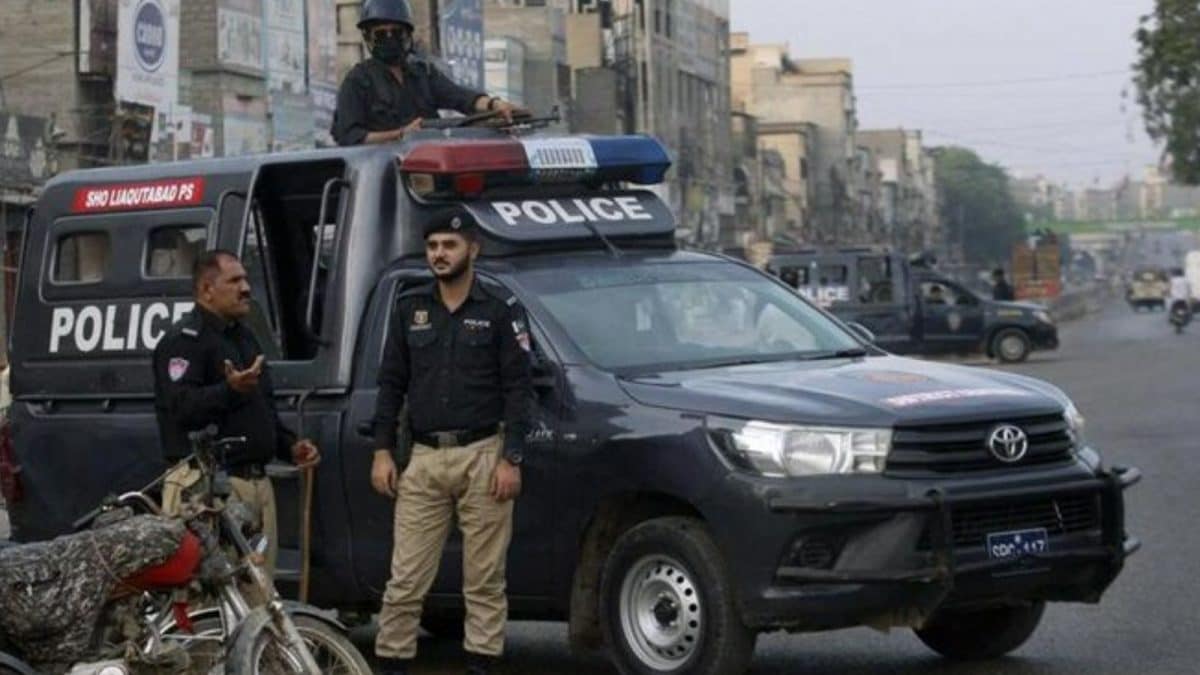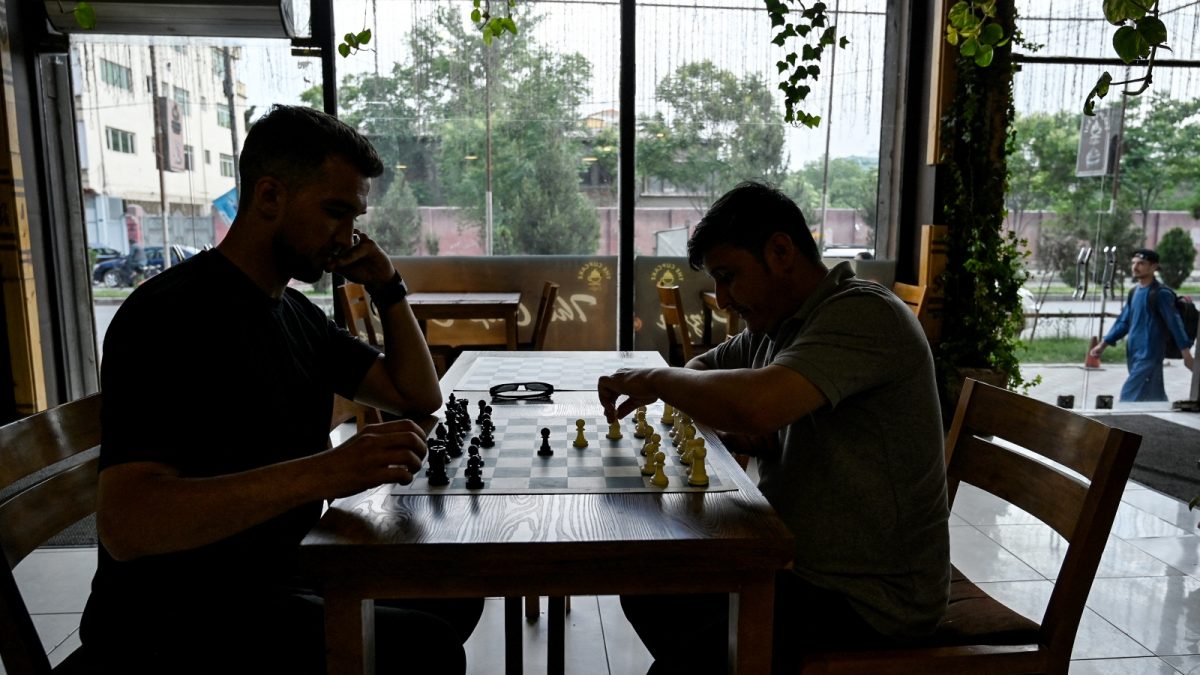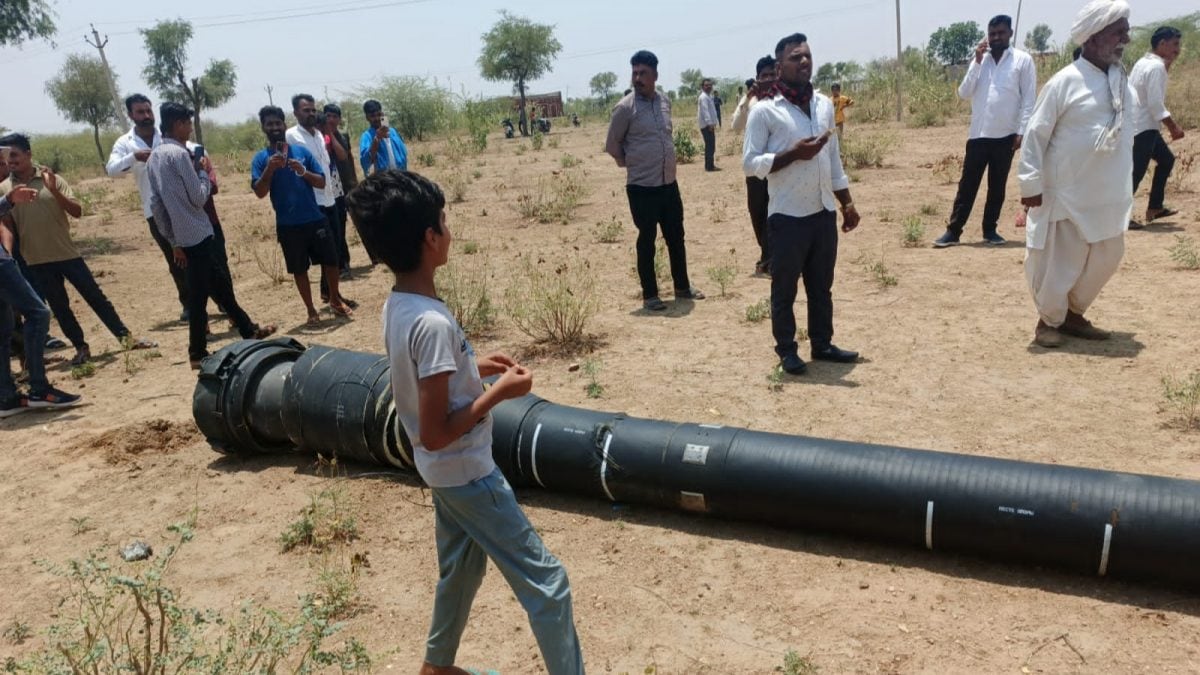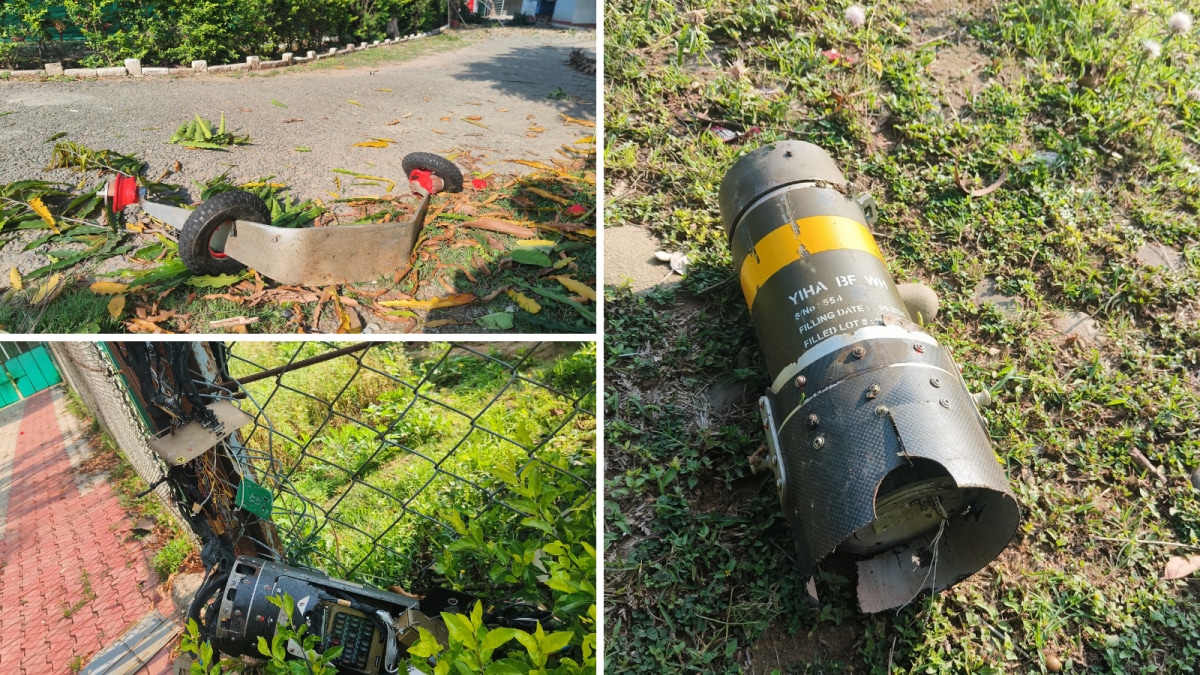Last Updated:May 11, 2025, 15:44 IST
Pakistan’s inability to protect its most sensitive bases revealed gaps in air defence coordination and radar coverage, said Indian government sources

Security personnel investigate the debris of an unidentified projectile which landed in Sirsa, Haryana, on Saturday. (PTI) (PTI05_10_2025_000056B)
India’s precise airstrikes on key targets highlighted the vulnerabilities in Pakistan’s defence, forcing the latter to beg for a ceasefire, said government sources.
“Despite Pakistan’s tall claims, India’s strikes on May 10 showed Pakistan’s forward-operating capabilities had degraded. Pakistan’s inability to protect its most sensitive bases revealed gaps in their air defence coordination and radar coverage," said sources.
PAHALGAM, SINDOOR AND AGGRESSION IN A NUTSHELL
On April 22, terrorists gunned down at least 26 at Pahalgam in Kashmir. An offshoot of Pakistan’s Lashkar-e-Taiba (LeT), the Resistance Front, claimed responsibility for the attack. After diplomatic steps such as holding the Indus Waters Treaty in abeyance and cancellation of visas, India on May 7 carried out Operation Sindoor and struck nine terror hideouts belonging to Lashkar-e-Taiba (LeT), Jaish-e-Mohammad (JeM) and Hizbul Mujahideen (HM) in response to the Pahalgam attack.
As Pakistan attempted to strike military installations at 15 spots the following day, all of which were foiled, India retaliated by demolishing the HQ-9 air defence systems in Lahore and its drones even reached the Sharif household, the family that has sent two Prime Ministers to Islamabad, Sialkot, Islamabad and major airbases. On May 9, India said missiles and drones were sighted at 26 locations across many areas in Indian states bordering Pakistan, including Srinagar, Jaisalmer, Chandigarh among other cities and districts. The projectiles were tracked and engaged, the government said.
On May 10, Pakistan claimed India fired missiles at its air bases. It, however, did not acknowledge the extensive damage caused to the garrison city of Rawalpindi, near the capital Islamabad, Murid air base in Chakwal city and Rafiqui air base in the Jhang district of eastern Punjab province. Additionally, Sargodha air base was also targeted. Pakistan then fired missiles that were thwarted in the cities of Srinagar, Jammu and Udhampur.
Around 5 pm, Pakistan DGMO called the Indian counterpart and urged de-escalation. Firing across LoC stopped, as the DGMOs agreed to meet on May 12. US President Donald Trump claimed that he mediated the ceasefire, while India said ceasefire was agreed following bilateral talks. Hours after the announcement of “understanding", heavy shelling and drones were reported in Jammu and Kashmir, to which the Indian armed forces gave an “adequate and appropriate response".
HOW INDIA JOLTED PAKISTAN
Within 90 minutes on Saturday, India pounded the Nur Khan airbase, Rafiqui airbase in Shorkot, Murid airbase in Punjab, Sukkur airbase in Sindh, Sialkot airbase, Sargodha airbase, Skardu airbase, Bholari airbase near Karachi, Jacobabad airbase, and Pasrur airstrip. India also struck and took out Chunian radar installation in a swift response. India fired its Brahmos missiles, and HAMMER and SCALP missiles from Rafale fighter jets at these strategic airbases — in its biggest set of attacks.
Sources said these attacks were a jolt to Pakistan because:
Noor Khan (Rawalpindi) airbase located near Pakistan’s Army HQ is base house for VIP transport fleets and premier transport squadrons. India’s strike demonstrated that Pakistan’s heavily guarded installations, too, are penetrable.Murid (Chakwal) is a hub for drone operations. Murid’s destruction disrupted Pakistan’s UAV-led asymmetric warfare strategy. India targeted this base after intercepting 300-400 drones launched from this base.Rafiqui (Shorkot) is home to JF-17 and Mirage fighter jets. The neutralisation of this base degraded Pakistan’s rapid-response capabilities. India’s use of high-speed missiles showcased precision against critical asset.“It also showed how Pakistan is heavily dependent on Chinese systems such as the HQ-9 Russian. This shows their inability to secure air corridors amid Indian strikes," said sources.
“India preemptively shut 32 northern and western airports, citing threats from Pakistani drones and missiles. This proactive measure contrasts with Pakistan’s reactive posture," they said.
INDIA VS PAKISTAN’S DEFENCE: A STUDY IN CONTRAST, SAY SOURCES
Pakistan’s airspace management lacks accuracy, while India’s multi-layered air defence such as S-400, Akashteer ensures operational continuity.After Pakistani drone attacks, India struck Neelam Valley and Sialkot, targeting terror launchpads and radar sites. Pakistan claimed Indian missiles fell into the Indian territory, but later its intercepted Fatah-II ballistic missile was found neutralised in Sirsa. “This contradicted their narrative, and showed Pakistan’s failed offensives. Pakistan’s reliance on disinformation such as false civilian casualty claims revealed a defensive strategy only in perception management, not in tactical success. The Barak-8 system downing Pakistan’s ballistic missile targeting Delhi displayed India’s ability to neutralise long-range threats. Systems like S-400, Akashteer, L-70 guns, and Schilka repelled 50+ swarm drones, emphasising India’s technological edge," sources said.“Pakistan’s Chinese-supplied HQ-9 systems lack the range and integration to match India’s defence network, leaving critical gaps. Viral videos of intercepted missiles and burning airbases amplify India’s narrative of dominance, countering Pakistan’s claims."The attacks show Pakistan’s strategic indefensibility due to: fragmented air defence systems reliant on outdated Chinese tech; inability to protect critical military assets from precision strikes; and overreliance on asymmetric tactics (drones, disinformation) that India neutralised systematically. India, meanwhile, used calibrated escalation combining military precision, diplomatic restraint, and transparency.The conflict has exposed Pakistan’s vulnerabilities while consolidating India’s regional dominance.
Location : First Published:News india How The 100-Hour Fight Displayed India’s Massive Strength, Pakistan’s Weaknesses | Exclusive

 18 hours ago
18 hours ago

















